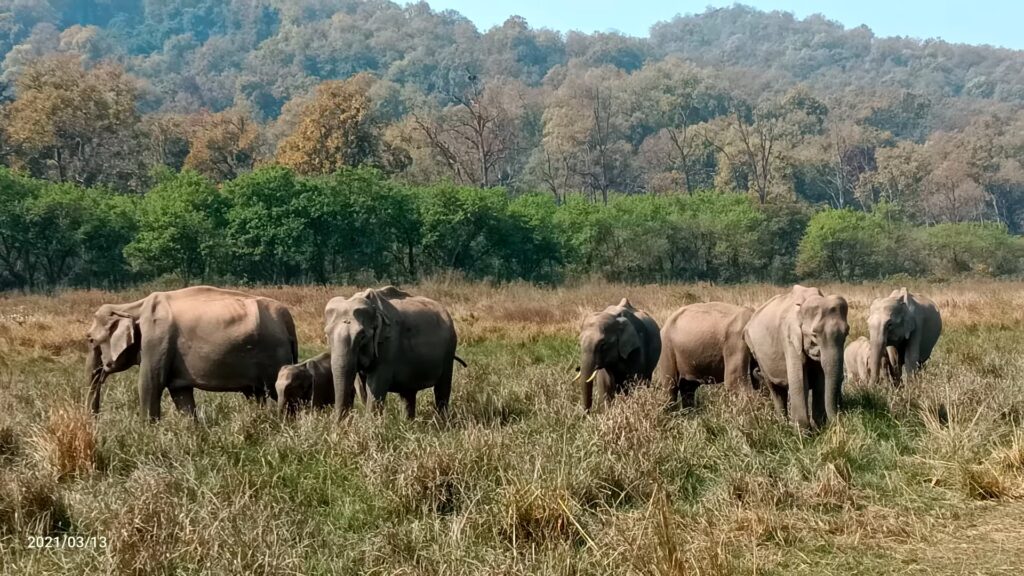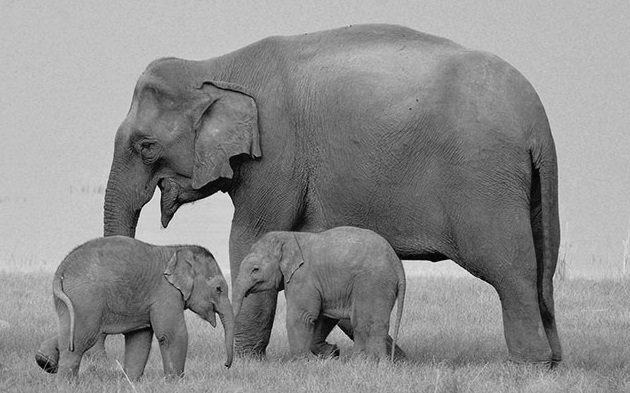August 12 is observed as the World Elephant Day, to raise awareness about this most majestic creature which still roams unhindered in large tracts of Africa and Asia. In India, though, the elephant is going through one of toughest phases of its existence. With man-elephant conflicts rising in several states including Assam, Odisha and Karnataka, it’s gasping for breath- so to speak.
But today, we focus on the issues elephants are facing in the small hill state of Uttarakhand- and how the forest administration is contributing to the welfare and survival of the pachyderms.

Let’s focus on the world famous Corbett National Park of Uttarakhand. The place is primarily popular for its tigers, but the elephants here play a pivotal role in maintaining the precious eco-system of the region.
Trained elephants in Corbett Prak play a big role in the timely rescue of other animals, including tigers, leopards and even wild elephants.
CONTRIBUTION
Senior forest officer and Corbett Park’s SDO Mr. RK Tiwari told Indian Masterminds, “As per last year’s census, there are about 1210 wild and domesticated elephants in the park. The protection of the forest is the responsibility of these domesticated and trained elephants. These elephants are used for patrolling. During the rainy season, when unpaved roads are broken and the movement is obstructed, with the help of these elephants, ration is delivered to the forest posts and patrolling becomes possible even in dense areas.
“Also, the contribution of elephants in increasing biodiversity is incomparable. They eat the leaves, twigs, fruits and plants growing under the trees and later when they walk around excreting; their manure germinates the seeds which increases the greenery. On the other hand, elephants reduce the dense forest, due to which the forest grows in a better way or rather the old forest ends, which leads to the emergence of new forest.”
Mr. Tiwari further says that elephants are most feared by hunters who enter the forest. “They are more afraid of elephants than lions and tigers, because elephants have much greater sense of smell, recognition and memory.”

He also shared an anecdote about a man who hit an elephant with a ball of fire. The elephant never forgot this insult and would regularly chase away this man- even coming near his house. This went on for full five years, and finally, that person had to leave the area for his safety.
CHALLENGES
What does the Corbett administration do for the protection of its elephants? What facilities are provided to them? To this, Mr Tiwari replied, “Developing better grassland for elephants is most important. Also, the problem of water increases for them in summer. To overcome this, artificial water zones and pits are made from place to place where water is transported by water tanker or through similar means.It is our endeavor that the elephants do not have to walk for more than 2 km for water.”

PLAN BEE
In many parts of India, elephants die after being hit by speeding trains. This is a big and serious issue, though in recent times some measures have been taken to prevent these tragic deaths.
Under one such initiative called ‘Plan Bee’, Indian Railways is trying to save elephants from train accidents with the help of bees. This entails installing bee-hives on railway-crossings, the idea being that the sound of bee-buzzing would shoo away the elephants from the region. According to Mr Tiwari, this initiative has yielded positive results so far.

































